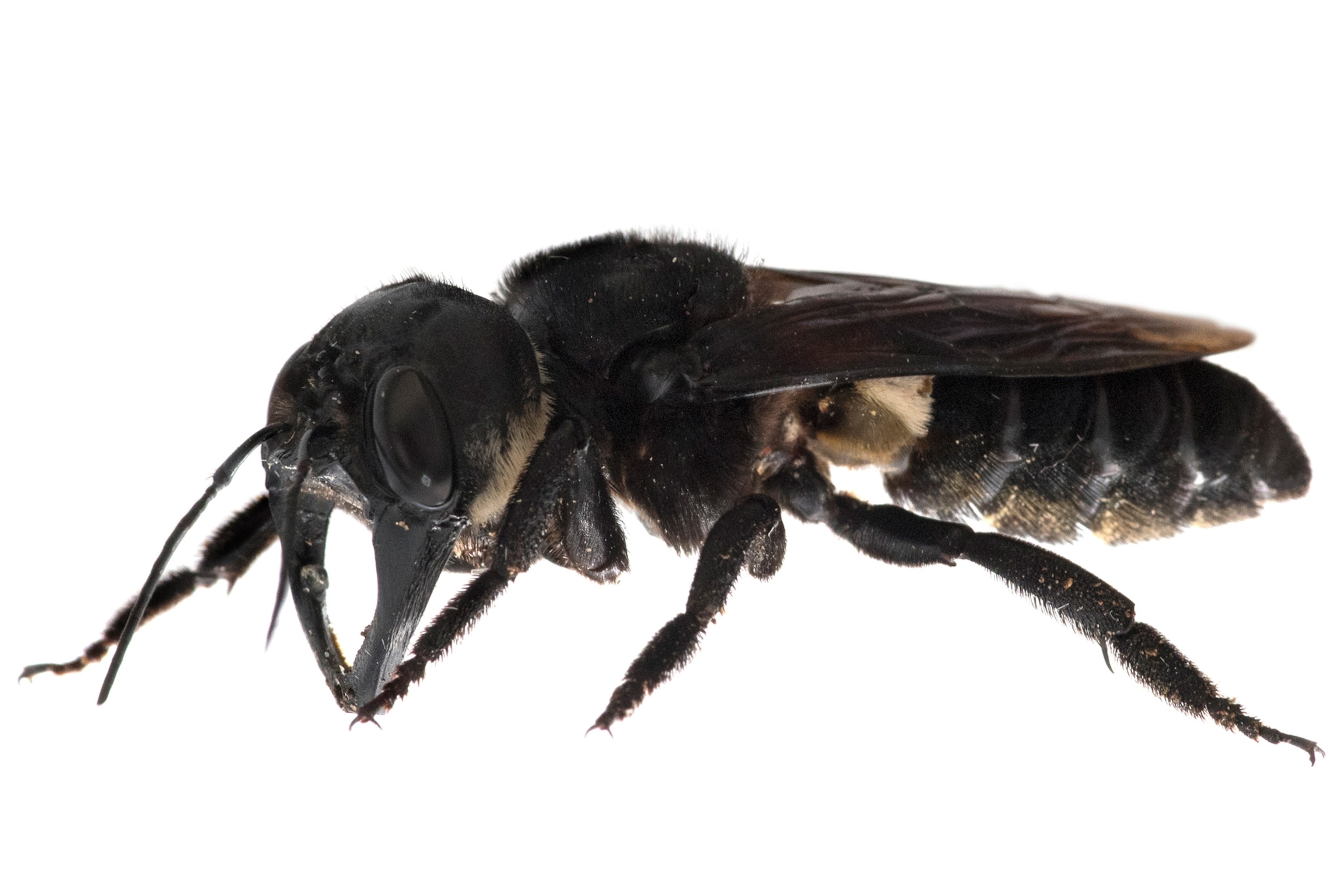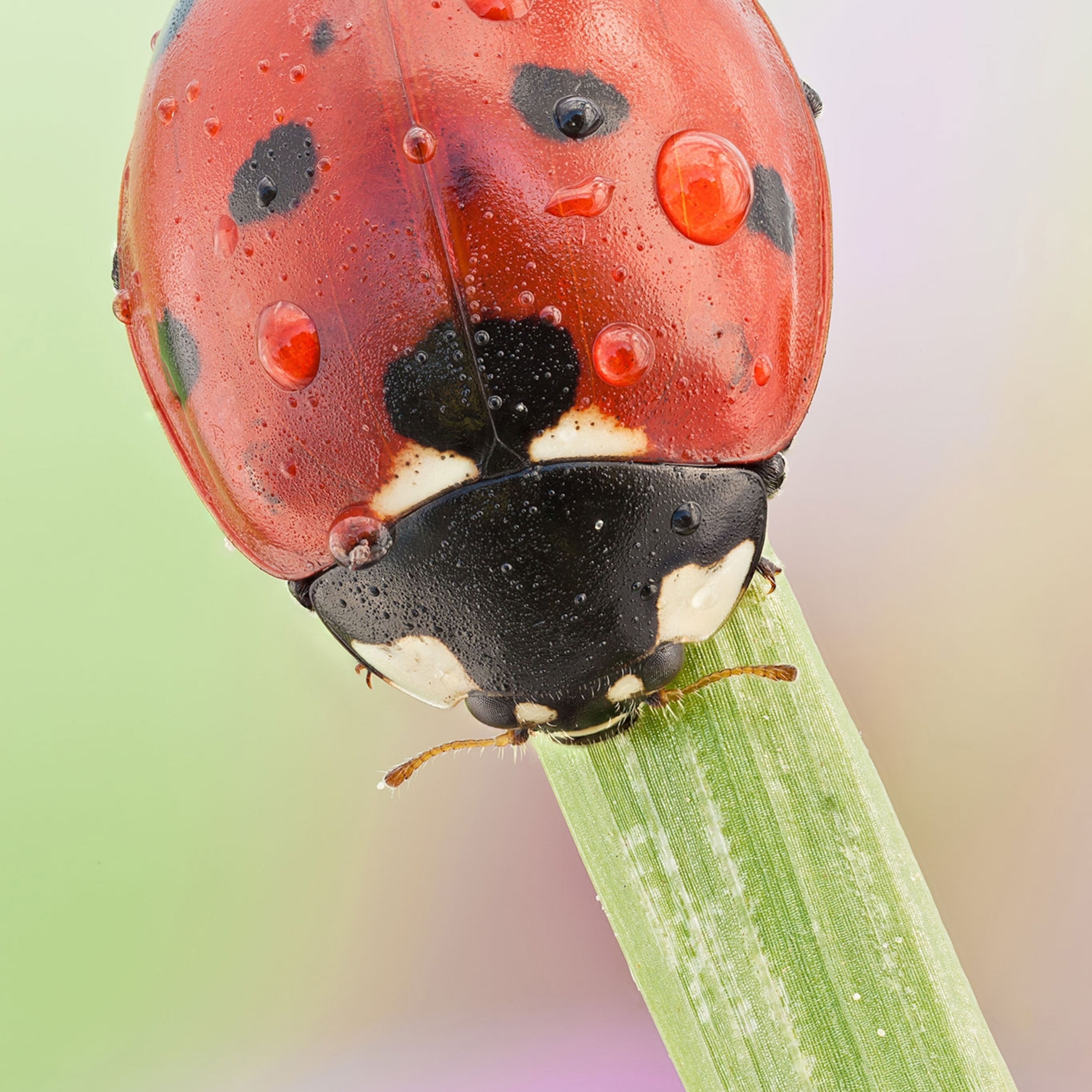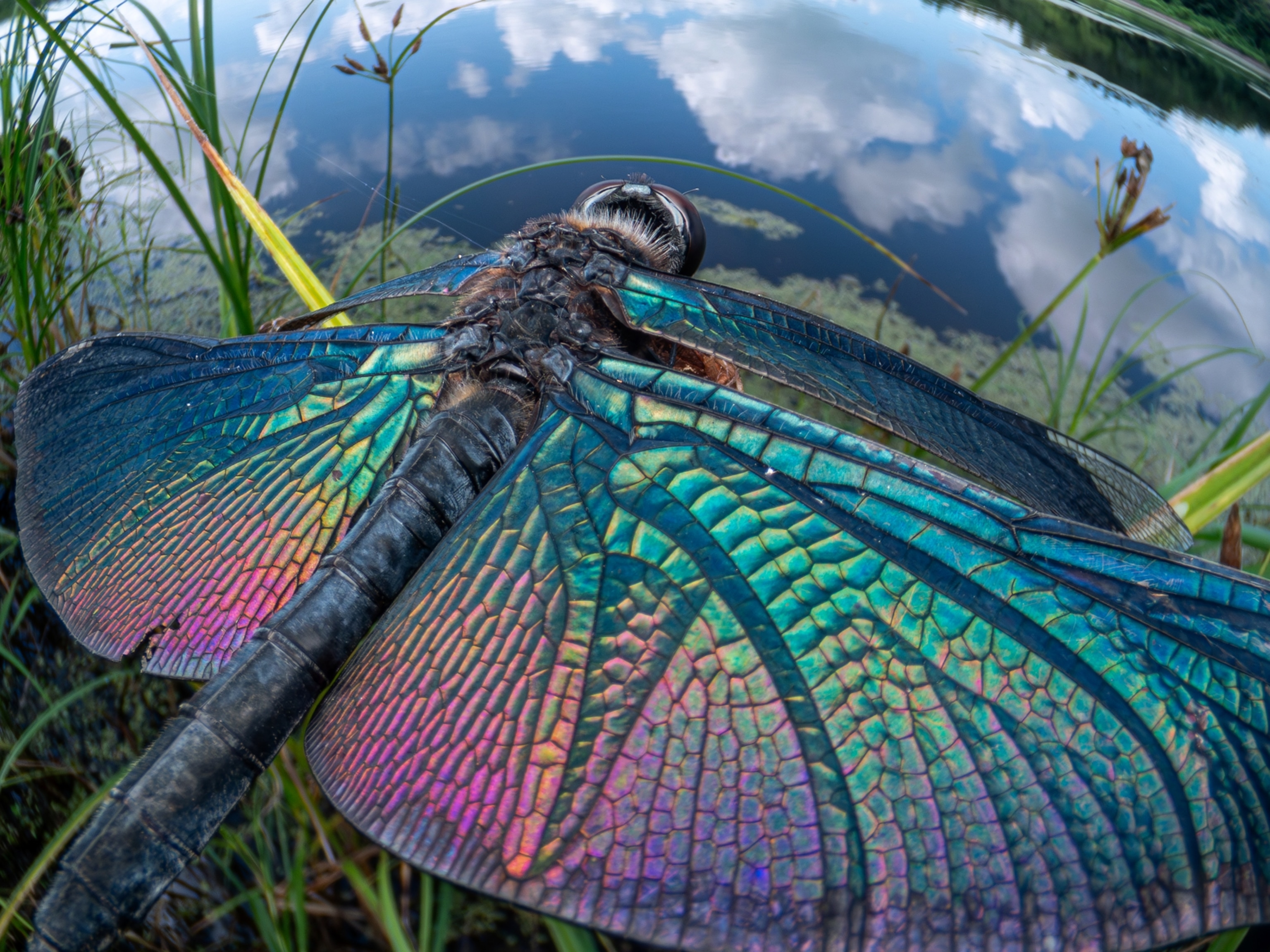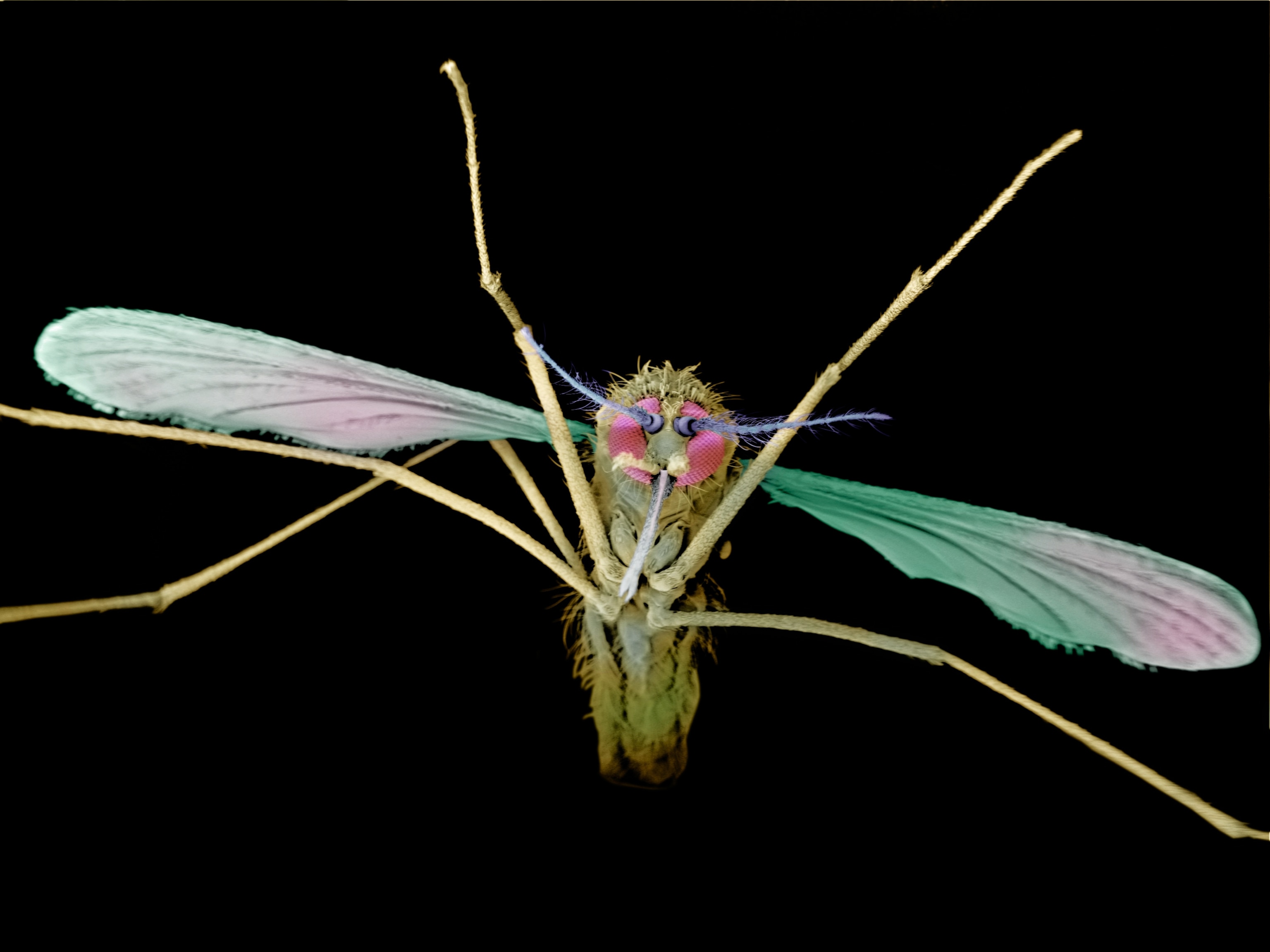In 1859, renowned scientist Alfred Russel Wallace discovered a huge bee, now recognized as the world’s largest, in the North Moluccas, an Indonesian archipelago.
Wallace’s giant bee, as it’s known, has a wingspan of more than 1.5 inches and large jaws for gouging holes into the termite mounds. Despite its size, the insect went missing for more than a century. It wasn’t until January 2019 that it was caught on film. Photographer Clay Bolt, a member of the expedition that found it, told National Geographic that the creature also appeared quite relaxed and non-aggressive. “Pretty chill,” he said.
Yet other news stories on the bee's discovery prompted a flurry of fearful commentary from readers. “Kill it with fire,” some wrote on Twitter; others declared it would “haunt your dreams.” Many headlines also called the insect, which likely poses no danger to people, a “nightmare bee” or a terrifying sight.

Then the “murder hornet” mania began.
In late 2019, Asian giant hornets, the world’s largest wasps, showed up in southern British Columbia and the northwestern corner of Washington State. A viral New York Times article dubbed them “murder hornets”—a nickname not previously known or used by most entomologists—and the moniker stuck.
Unlike Wallace’s giant bee, there is some concern for people who live near where the hornet was found: Asian giant hornets are somewhat aggressive in defending their colonies, delivering painful stings if provoked, says University of Arizona entomologist Justin Schmidt. Washington State officials trapped the first live Asian giant hornet in July, in Birch Bay, near where other sightings have occurred, suggesting a nest is nearby.
(Why the Arctic's Mosquito Problem Is Getting Bigger, Badder)
But these invasive insects have been spotted only in a single Washington county. Still, many people throughout the U.S. have mistaken native hornet species for Asian giant hornets. For example, internet searches for “hornet spray” and various insecticides jumped compared with a year prior, and insect experts around the country have been deluged by calls about the species.
Many harmless bees and hornets around the country have probably been killed due to unfounded fears about murder hornets, says Chris Looney, an entomologist at the Washington State Department of Agriculture.
The stories of these two different species reveal a significant lack of public knowledge about insects, says Jeffrey Lockwood, an entomologist and professor of natural sciences and humanities at the University of Wyoming.
In the United States, especially, “we've become incredibly entomologically dumb,” says Lockwood, who wrote The Infested Minded: Why Humans Fear, Loathe, and Love Insects. “We just don't distinguish the dangerous from the harmless from the helpful. The average kid can probably distinguish more makes of cars or superheroes than insects.”
This lack of knowledge is detrimental for both the insects and ourselves, Lockwood says, since insects serve so many helpful functions: pollinating our crops, killing pests, and breaking down waste.
Meanwhile, many don’t realize these helpers are in trouble worldwide: An April 2019 study found that 40 percent of all insect species are in decline, and could die out in the coming decades.
That’s a significant quantity of all creatures: Some 60 to 70 percent of animals are insects, research suggests. And it's presumed that countless insect species have yet to be discovered. (Read more: Why insect populations are plummeting—and why it matters.)
Getting past fear
Humans are likely innately predisposed to pay attention to insects because they have been an important source of food—or potential danger, in the case of some stinging species, Lockwood says. But a cultural aversion to bugs is not evolutionarily favorable or explainable, he adds.
While fear or disgust toward insects and arachnids is sadly common in the United States, it's not as widespread elsewhere, says Gwen Pearson, an entomologist and outreach coordinator at Purdue University.
Throughout Asia, various species are beloved and kept as pets, such as rhinoceros and stag beetles. In Japan and China, many view the Asian giant hornet with respect and awe, she says.
What's more, in Indigenous societies around the world—such as the Lakota, a Native American group—insects and arachnids play important roles in creation stories.
Insects from grasshoppers to grubs to ants are also regularly eaten throughout the world. Even Asian giant hornets are on the menu: Their larvae are considered quite delicious in stir-fries, Schmidt adds.
In the U.S., antipathy toward bugs is learned, often in childhood. It's also rooted in a lack of education about insects and positive experiences with them in the natural world, Lockwood says. Many encounters with urban insects, such as cockroaches, are also negative. (Read more: Seven bug and spider myths quashed.)
In Pearson’s job running the Purdue Bug Zoo, home to many types of insects and spiders, she talks to people about how the animals make them feel and corrects misconceptions. “I call myself an insect therapist,” she says.
For example, although tarantulas are large and often intimidating, they are not known to bite people without provocation, and can be kept as pets, she says.
“I say to kids, Here's a tarantula on my hand—but it's not going to hurt me, or you,” she says.
She often shares the fact that in North America, which has more than 3,000 known spider species, only two are dangerous to people: brown recluses and black widows. And even these very rarely kill: The former generally are not deadly, and with the latter, there hasn’t been a recorded fatality in over 35 years, she adds.

Changing perspectives
Pearson has discovered that attitudes toward insects can be turned around with just a single positive experience or two.
More knowledge can do the same, like learning that insects pollinate three-fourths of the world’s flowering plants and more than one third of our crops. (Read how you can help pollinators at home.)
Or knowing how diverse they are: There are more than 20,000 species of bees alone, says Natalie Boyle, an entomologist at Penn State University.
“When you don't know a lot about something, you don't appreciate it,” Boyle says.
With the worldwide loss of insects, it's time, she says, “to think about how we can honor and respect our invertebrate friends.”









